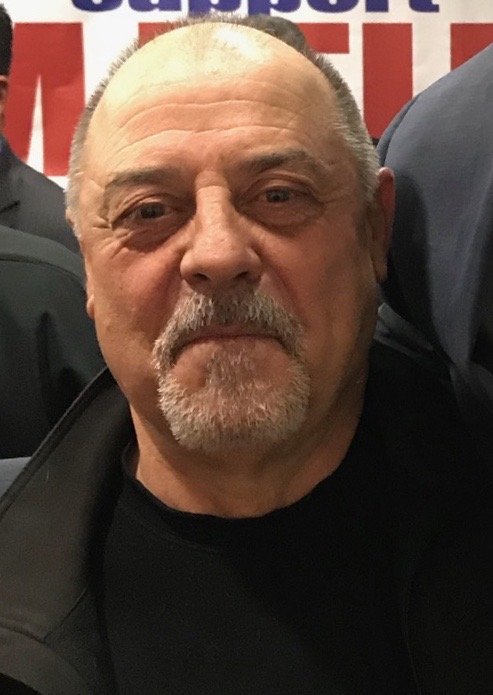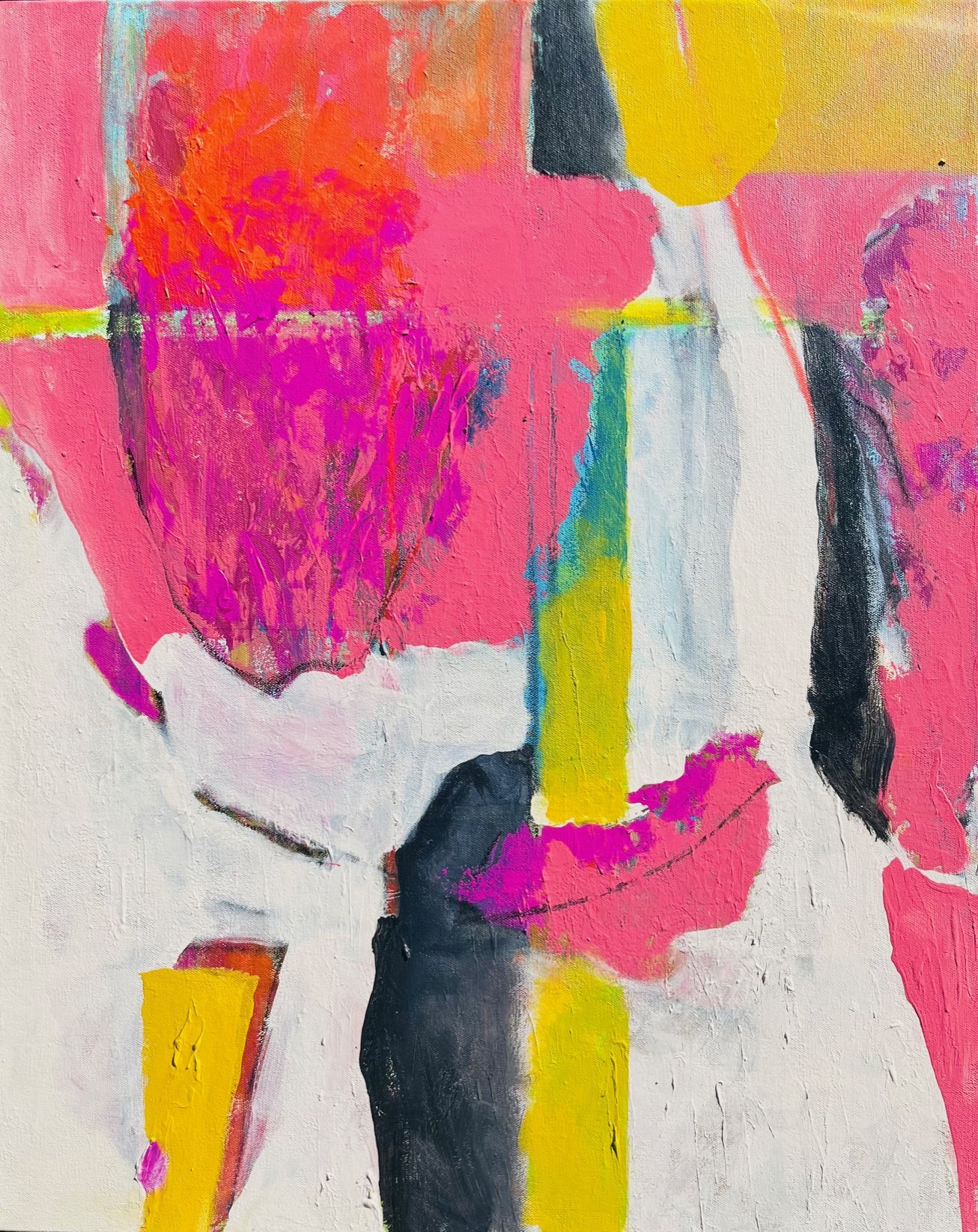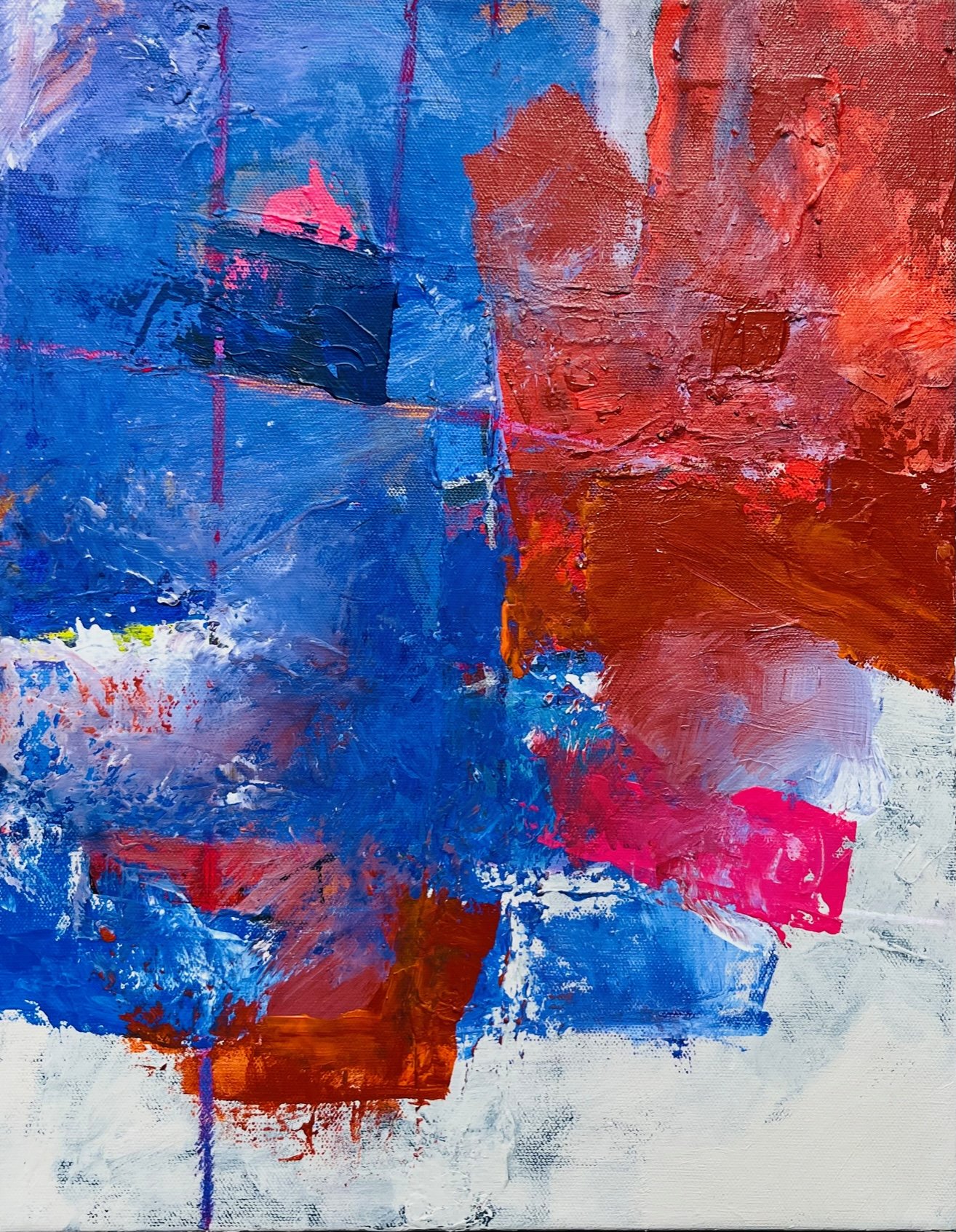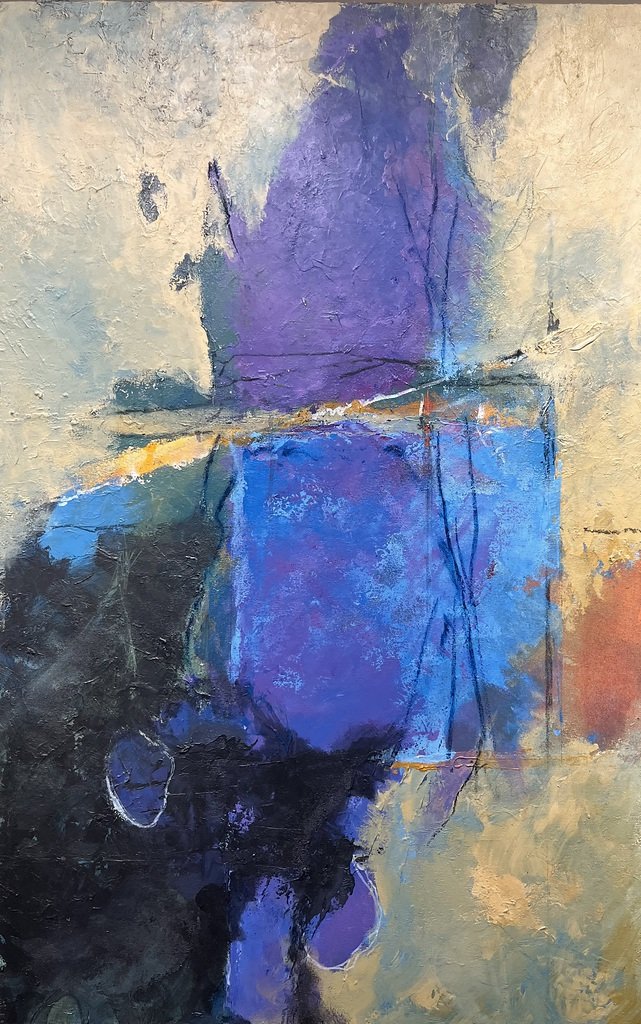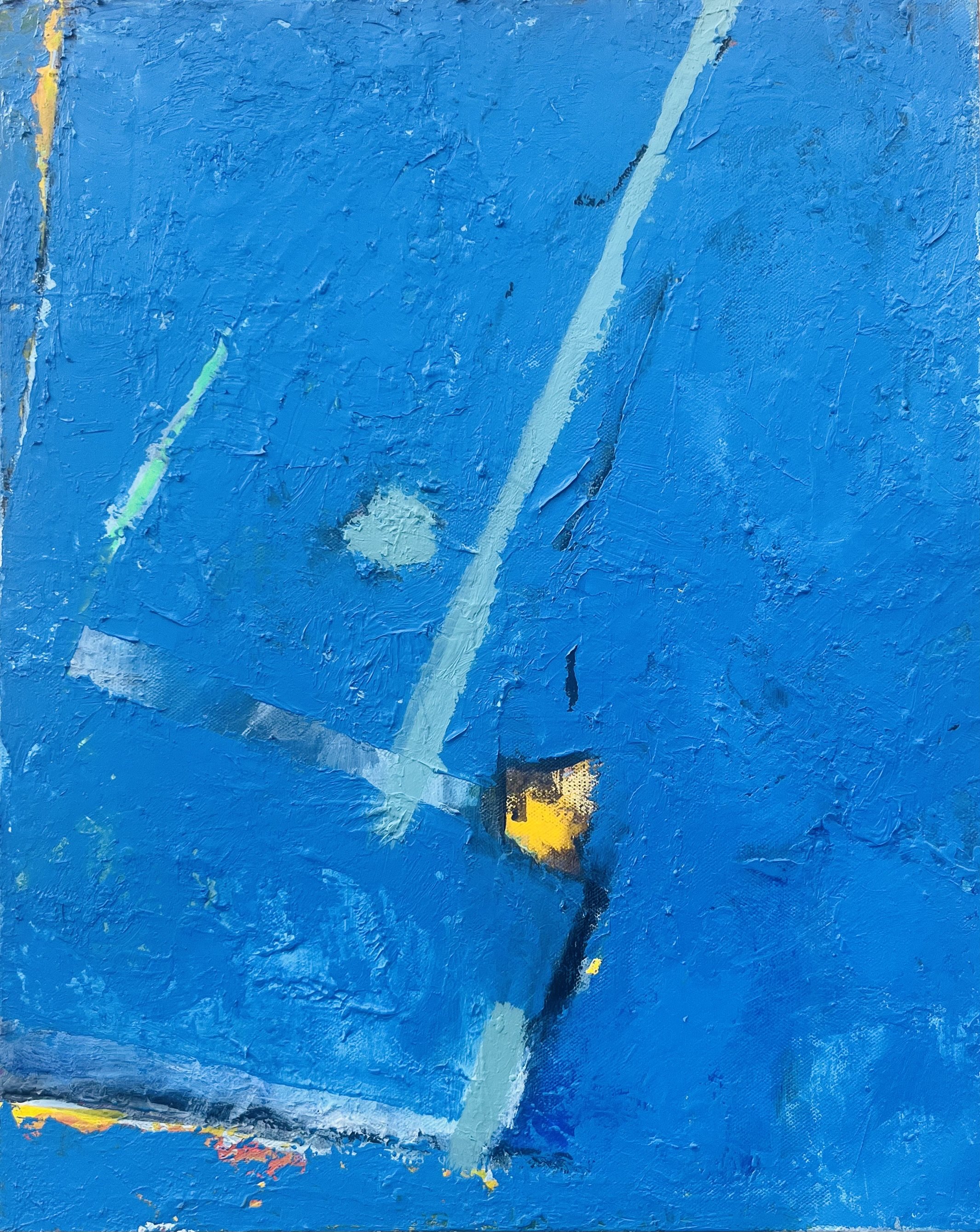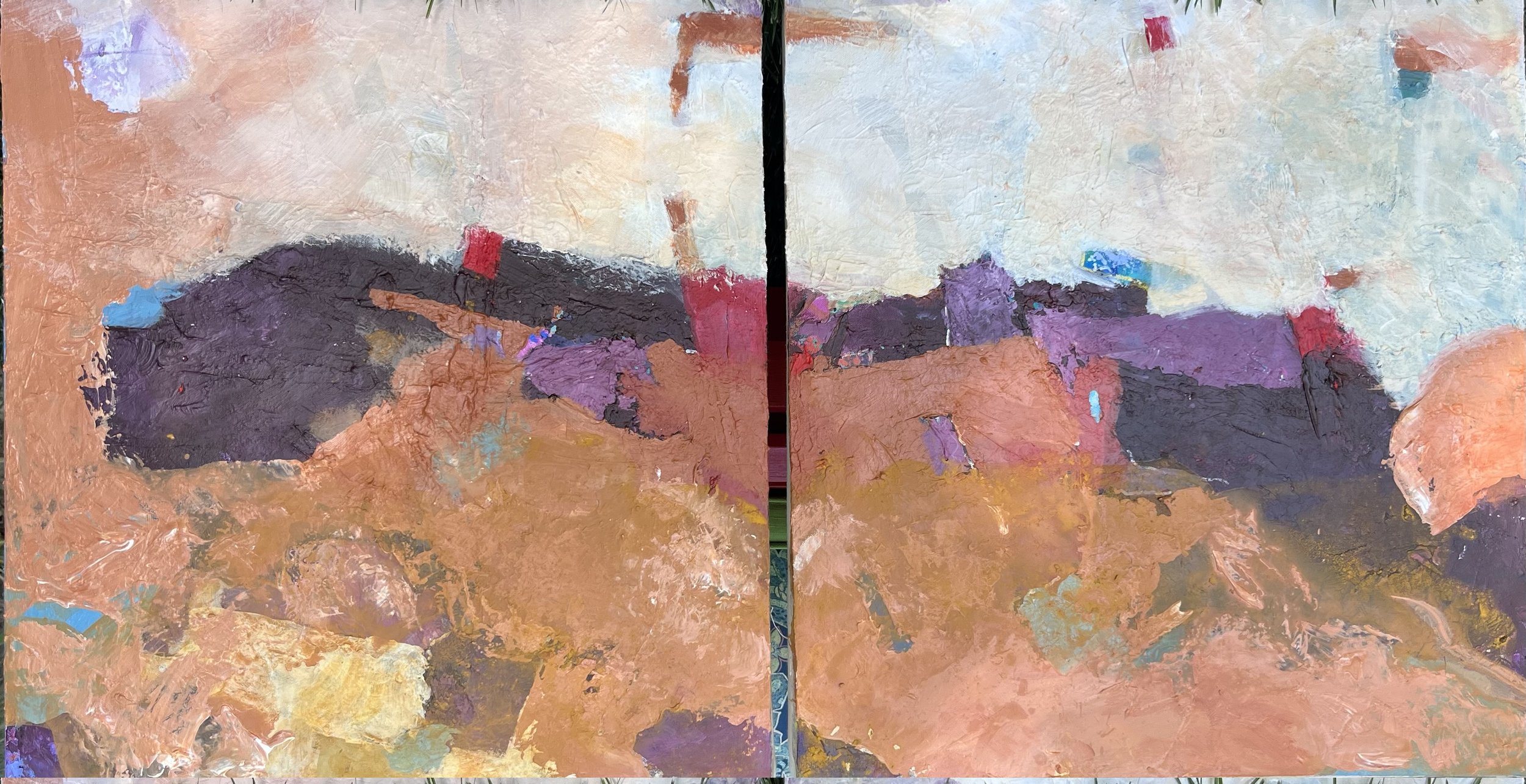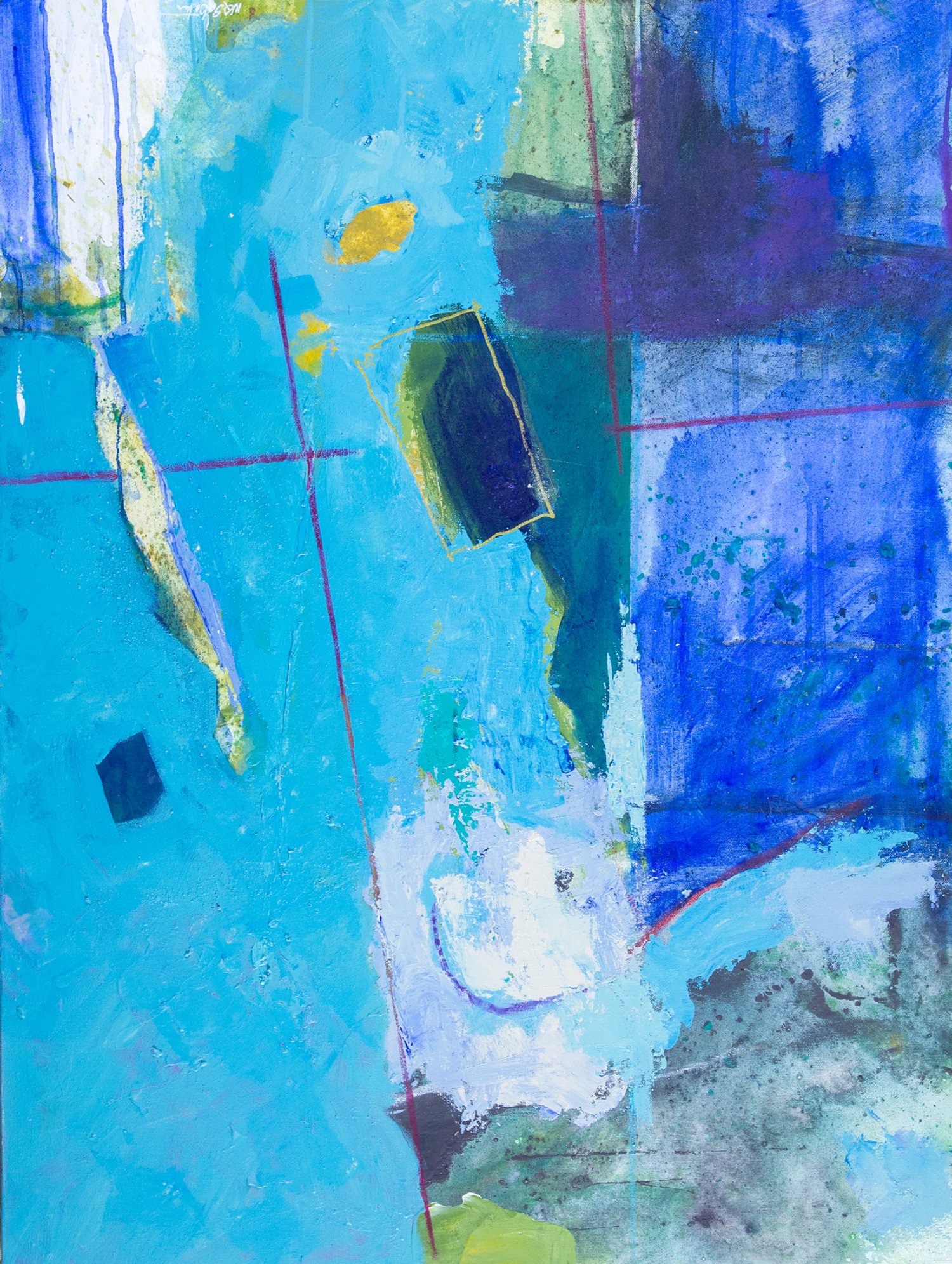Interview
Bill Sabatini
Anyone who lives in the high desert of the Southwest experiences and understands the tenuous existence of the living world within our harsh physical environment. We know where there is no water there is no life. We readily see a sharp contrast between the “green” versus the “brown” and many other contrasts - orange in a blue sky, yellow flowers in a purple shadow, or brightly lighted forms and shapes offset against deep, dark shadows. This is the New Mexico experience. As an architect successfully practicing for 40 years throughout the Southwest, he has made his mark on the environment. Bill’s approach to design was characterized by simple geometry and strong form with a focus on the important relationship of interior (positive) and exterior (negative) space. His design practice helped him perfect a keen eye for composition. He learned to think abstractly. He sees the abstract in the real world. He is passionate about creating abstract art. Today, in a rigorous abstract painting practice, Bill strives to create work that evokes solidity, substance and textural physicality.
He is frequently asked why he chooses abstract painting. As an architect, he understood that it was his responsibility to show his client possibilities. Bill believes abstract artists must do the same for their audience.
What is your background and how did you start your journey in the art world?
“Originally from Pittsburgh Pennsylvania, I was fortunate to have my artistic talent recognized by family and teachers. At an early age I knew I wanted to be an architect. I attended a small liberal arts college, Franklin and Marshall College, where I majored in fine art and art history. That experience enabled me to pursue and earn a Master of Architecture at the University of New Mexico. Now, after 40 years of successful architectural practice, I am resuming a life-long dream as a fine artist.”
What inspires you?
“I can be inspired by everything I see and feel. Fifty years of living in New Mexico, a magnificent place in the high desert southwest, the visual drama is unavoidable and highly influencing. As an architect my design was characterized by simple form, dramatic patterns of color, light and shade, visual simplicity, and the important relationship of positive and negative space. So it is with my art. I am inspired and influenced by the pure light, strong form, varied textures, vibrant color and most importantly by the dramatic contrasts of the southwestern landscape - blue and orange skies, green and red earth, yellow vegetation and purple shadows.”
What themes do you pursue? Is there an underlying message in your work?
“I like the definition of theme, a topic of discourse or discussion. I hope my work causes one to engage in an inner dialogue, a provocative reaction within themselves, when they see a painting of mine. The underlying message is unique to each individual and open to their own sensibilities.”
How would you describe your work?
“It is unplanned. It is unpredictable. It is a series of moves as reactions to what is there. As any artist, I use every technique available to me: varying color, texture, shape and line to create imagery that, when it is good, is spontaneous and lively. I add and take away providing a place for a new layer and history. Each piece is "finished" when I interrupt the process. Often times, I will re-start the process. But ultimately, I'm inclined to think, less is more, simpler is better, "crowded, over filled rooms" make me uncomfortable.”
Which artists influence you most?
“As a New Mexican, I must first say Richard Diebenkorn. He interpreted this place with fresh, original and innovative work. His sense of scale and how he saw and used the entire canvas inspires me. I like his disregard for the predictable. I am influenced by all artists as I search for my unique expression.”
“I hope my work causes one to engage in an inner dialogue, a provocative reaction within themselves, when they see a painting of mine.”
What is your creative process like?
“In my experience as a student and a professional artist, I learned to trust the creative process. Confusion and uncertainty is a good thing. One must stay with it and know you will arrive at an answer that makes sense for you.”
What is an artist’s role in society and how do you see that evolving?
“I'm a humanist. The creativity of human beings sets us apart from every living thing. I believe in the goodness of humankind. We are at best when we are building new things and ideas. We need art in all forms to keep us thinking, changing, and building. Our role as artists will continue to evolve as it has from our beginning. I'm comfortable and confident we will evolve to great things we cannot imagine.”
Website: www.billsabatini.com
Instagram: @billsabatinifineart

